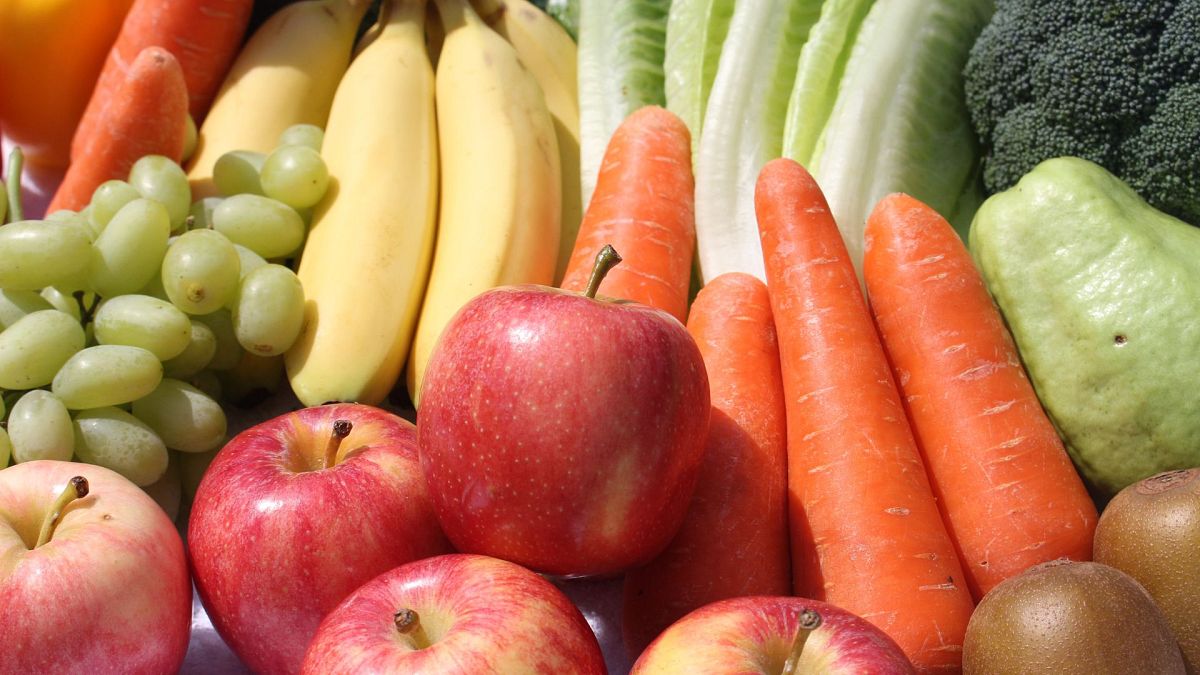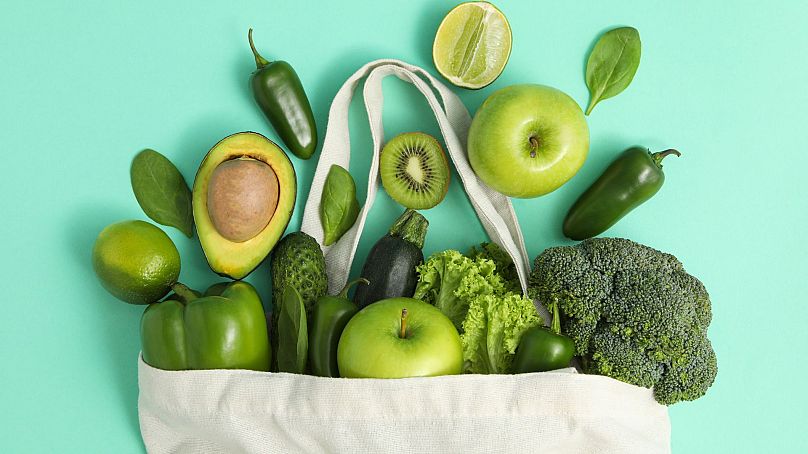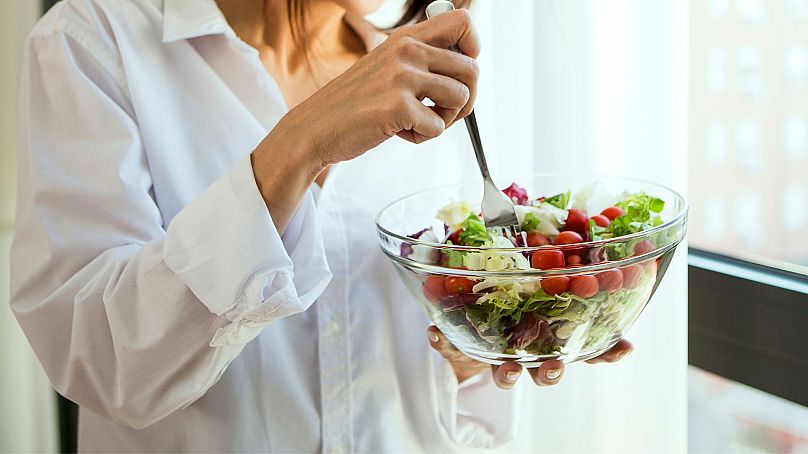The new JuicePlus+ survey, based on responses from 32,000 participants globally, has revealed that a staggering 75% of people believe they fall short of their recommended daily intake of fresh fruits and vegetables.
Would you say that you eat your five a day, every day?
Well findings from a new report reveal that 75% of people do not believe they do.
The study, conducted by JuicePlus+, is based on data from 32,000 respondents from across the globe, says that that only 25% of respondents believe they hit the recommended daily intake of fresh fruits and vegetables.
According to the survey, one of the main reasons why people aren't hitting their target is that they're confused about how much they should be including in their daily diets and what constitutes as a 'portion' of fruit and vegetables.
The World Health Organization (WHO) offers a clear and straightforward guideline – more than 400 grams of fruits and vegetables daily to improve overall health (5 portions of 80 grams).
However, for those countries that measure portions in grams, nearly four-fifths (78%) of the respondents got the portion size wrong.
Why have our food consumption habits evolved over time?
Yet, the report points to more than just confusion; it highlights the role of affordability as a significant barrier to healthy produce consumption.
It reveals that 43% of respondents have experienced food insecurity, and this issue is more pronounced in certain countries.
In the UK and Germany, over half the population has faced food insecurity, with figures at 53% and 52%, respectively. France is not far behind at 44%, while the United States stands at 46%.
“As a gastrophysicist, what really surprised me from the report is changes in the trends in fruit and vegetable consumption," Oxford University Gastrophysicist Professor Charles Spence told Euronews Culture.
"More than half of consumers in Europe are shifting towards tinned fruit and veg, rather than the fresh stuff, in part because of the cost being lower and in part because more and more of us are worried about food waste," he explains.
In fact, 34% of global consumers admit that a substantial portion of what they throw away constitutes fresh produce, with the UK topping the list at 36%, followed by Germany and France.
On the flip side, for those who have increased their fruit and vegetable intake compared to their youth, 27% attribute it to concerns about their health. This mirrors the growing understanding of the benefits of incorporating more fruits and vegetables into daily diets.
Tips for improving our dietary habits
Professor Charles Spence emphasises that one effective approach to enhancing our dietary habits is by paying closer attention to our snacking behaviours.
He points out that when it comes to snacks, many of us tend to gravitate toward options like crisps, nuts, and biscuits, as they all share a common trait: they are noisy and crunchy.
"So, I apply this insight to the realm of fruits and vegetables, highlighting the importance of emphasising the natural crunch found in options like carrots, apples, or celery."
"Snacking on these crunchy fruits and vegetables can effectively encourage healthier eating habits, while at the same time building on what it is that appeals to us when eating."
Furthermore, Spence emphasises that the appeal of foods extends beyond taste and includes visual aesthetics.
Research indicates that making foods more visually appealing can enhance people's perception of taste and encourage greater consumption.
"That sort of ties in nicely with the idea of trying to get as much colour variety on your plate, because the more different colours of fruit and veg, also tend to be correlated with different nutrients," explains Professor Charles Spence.





